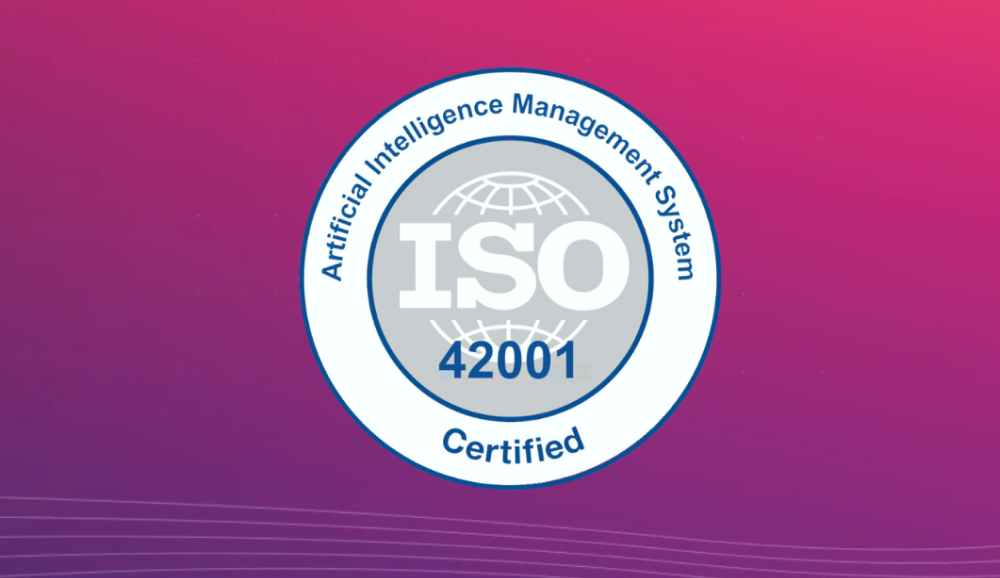Forget Automation;Think Delegation: How to Streamline Sales Work with AI


Why Automation Alone Doesn’t Cut It Anymore
For years, the promise of AI in sales has been “automation”—streamlining repetitive tasks, filling out CRM fields, and scheduling meetings. But here’s the catch: automation often creates more tools than time. Sellers end up managing an army of point solutions, each nibbling at one narrow task, leaving you drowning in busywork rather than selling.
70% of sellers feel overwhelmed by the number of tools they are expected to use. - Gartner, 2025
It’s time to shift the mindset from automation to delegation. Instead of treating AI like a collection of robotic button-pushers, think of it as a digital team member—a partner who understands how you sell, takes on meaningful work, and lets you focus on what really drives revenue.
This article shows you how to actually use AI that thinks like a seller—not just another tool—to gain an unfair advantage in your deals.
Why Sellers Are Drowning in Point Solutions
Many sales organizations have loaded their stacks with tools that automate single tasks:
- Email sequencing platforms.
- Call recording and transcription.
- Forecasting spreadsheets.
- Battlecard generators.
Individually, each seems helpful. Together? They fragment your workflow, force you to context-switch constantly, and take your focus away from the buyer.
Instead of “more automation,” the winning approach is strategic delegation: letting AI take over outcomes you would otherwise own, intelligently, in your workflow.
What Does It Mean to “Delegate” to AI?
Delegation means trusting AI to handle key parts of the sales process—just like you’d trust a skilled team member to handle prep work, research, and even early customer interactions.
The key difference is that delegation requires AI to think and act like a seller—not a script. Look for a single tool that can:
✅ Understand your deal context
✅ Tailor insights to your prospect’s needs
✅ Keep your momentum in the mid-funnel without forcing you to micromanage multiple tools
How to Delegate to AI and Gain an Unfair Advantage
Here are three ways you can start delegating today—without adding noise to your stack:
1. Let AI Run Your Mid-Funnel Playbook
The mid-funnel—where technical discovery, objections, and competitive differentiation happen—is where most deals stall. Instead of trying to juggle all of this yourself:
- Use AI that can read the room: tracking customer sentiment, surfacing blockers, and identifying next-best actions based on your specific deal stage.
- Look for solutions that integrate into your CRM and pull context from discovery calls and past interactions—not generic rules-based bots.
🎯 Pro tip: Prioritize AI tools that are purpose-built for mid-funnel selling, not just top-of-funnel lead gen.
2. Delegate Competitive Intel and Objection Handling
Instead of scouring battlecards or Slack every time a competitor comes up:
- Use AI that dynamically surfaces competitive insights, based on what this buyer just said.
- AI should help you stay sharp in real-time—not force you to memorize every update to your enablement portal.
🎯 Pro tip: Test AI that can parse competitive chatter in your accounts and summarize risks before your next call.
3. Assign AI to Align Internal Teams on Your Deals
A huge source of friction is internal: getting product, engineering, RevOps, post-sales and leadership aligned on what your buyer actually needs.
- Delegate “internal advocacy” to AI by having it summarize customer asks and translate them into clear requests your team can act on.
- You’ll save hours of back-and-forth and keep the deal on track.
🎯 Pro tip: Don’t rely on generic note-taking bots—use AI that understands sales context and buyer language.
The Wrong Way: Choosing Point Solutions That Don’t Think Like You
A caution: Not all AI is created equal. Sellers who cobble together dozens of “smart” point solutions often feel buried under notifications, conflicting suggestions, and dashboards.
You don’t need more bots. You need a single AI teammate that:
- Understands your deals holistically.
- Thinks like a seller.
- Works seamlessly within your sales motion.
Otherwise, the tools end up working you, not the other way around.
Conclusion: Stop Automating, Start Delegating
Sellers win when they’re in front of customers, shaping deals, and closing business—not when they’re buried in admin work or managing yet another tool.
Start thinking of AI as a teammate, not a task rabbit. Look for multi-capability solutions, not isolated tools, that think like you, act in your context, and let you sell—not babysit software.
Because in sales, the real unfair advantage doesn’t come from automating more tasks.
It comes from delegating meaningful work—to the right kind of AI.
.svg)






